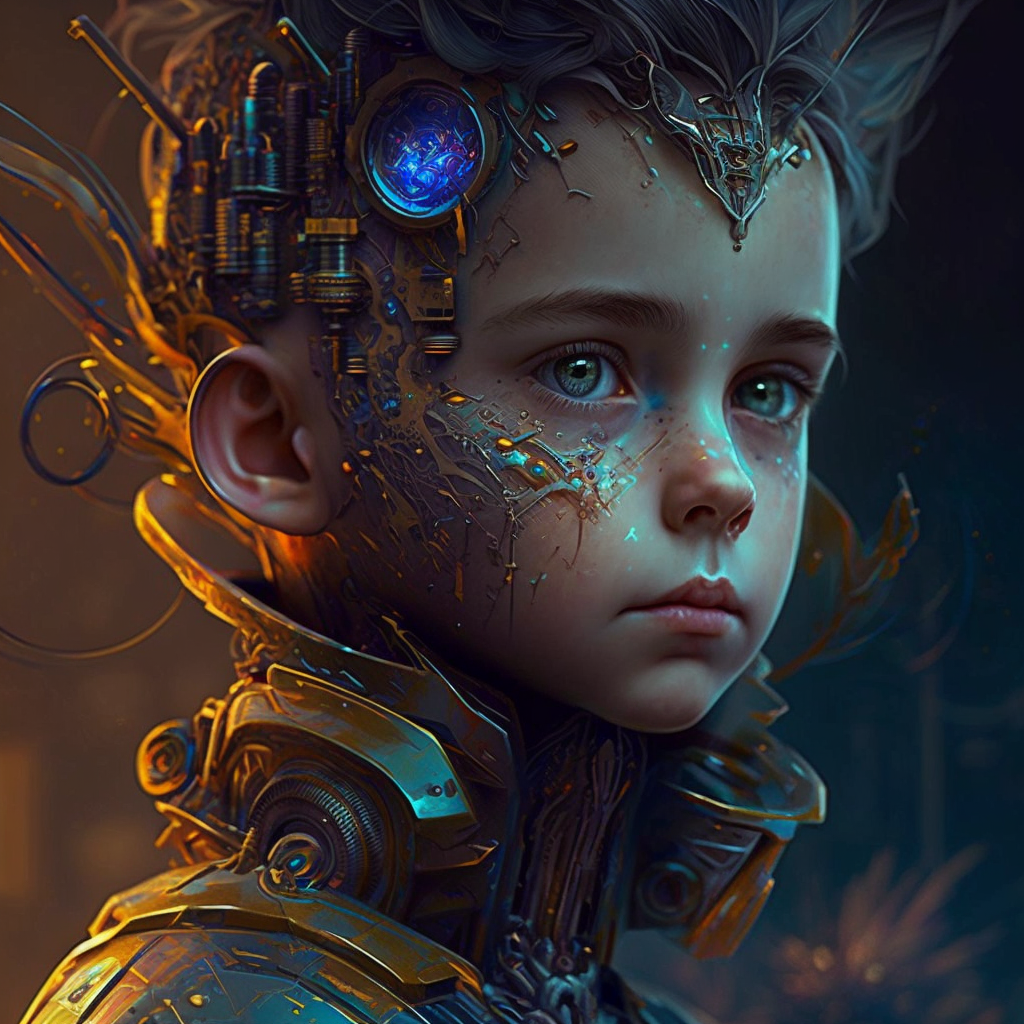
A.I. Art and the future
Share
Artificial Intelligence is changing the way we live, work, and play. From self-driving cars to voice assistants, we are surrounded by AI technology that is making our lives easier and more efficient. But one area where AI is really starting to make an impact is in the world of art. AI-generated art is becoming increasingly popular, and it's changing the way we think about creativity and what it means to be an artist.
So what does the future hold for AI art? Let's take a look at some of the possibilities.
First, we can expect AI art to become an increasingly accepted part of the art world. As AI-generated works become more sophisticated and innovative, they are gaining more recognition and respect from art collectors and critics. In fact, some AI-generated artworks have sold for millions of dollars at auction. It's not hard to imagine a future where AI-generated art is on display at major galleries and museums alongside the works of human artists.
Another possibility is that AI art will begin to influence the work of human artists. Just as photography and other forms of technology have influenced art over the years, AI-generated art could inspire human artists to explore new techniques and styles. For example, an AI algorithm could analyze the work of a particular artist and then create new works in that style, inspiring the artist to take their own work in new directions.
In addition, we can expect AI art to become a new form of entertainment and even therapy. Already, some AI-generated music is being used in relaxation and meditation apps, and AI-generated images are being used as backgrounds for video games and virtual reality experiences. As AI art becomes more advanced, it's possible that it could be used to create immersive experiences for people that are both enjoyable and therapeutic. For example, an AI-generated painting could be used in a virtual reality experience that helps people relax and de-stress.
Finally, there is the possibility that AI art will become a new form of expression for people who may not have had access to traditional art-making tools or education. With the increasing accessibility of AI technology, more people will have the opportunity to create art using these tools. This could lead to a new wave of creativity and innovation as people from all walks of life begin to explore the possibilities of AI-generated art. For example, someone with no formal training in art could use an AI algorithm to create a unique work of art that reflects their personal style and vision.
Of course, there are also some challenges and ethical considerations that come with AI art. For example, who owns the rights to an AI-generated artwork? Is it the person who created the algorithm, the person who inputted the data, or the machine itself? These are complex questions that will need to be addressed as AI-generated art becomes more widespread.
In conclusion, the future of AI art is full of possibilities and opportunities. As the technology continues to evolve, we can expect to see more exciting and innovative AI-generated works of art. Whether it's in the form of entertainment, therapy, or even as a new form of expression, AI art is sure to have a profound impact on our world in the years to come. So get ready for a brave new world of art and creativity, where humans and machines work together to create something truly unique and beautiful.